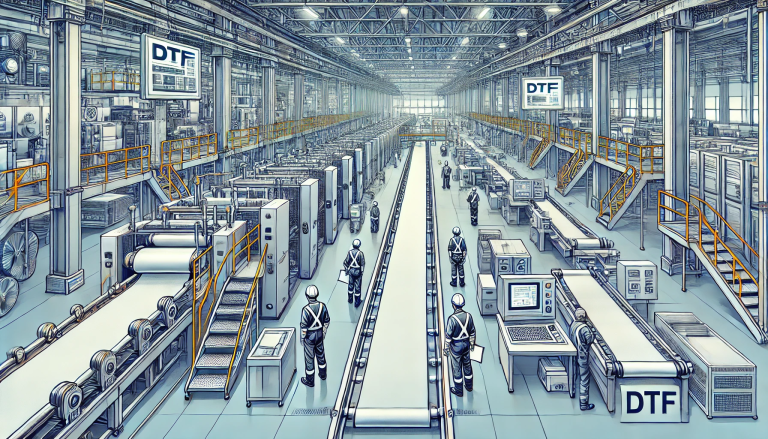“Mastering the Art of UV DTF Printing: Understanding the Curing Process” -MAXDTF- UV Film Transfer Film Wholesale, UV DTF AB Film Supplier, Made in China
The digital printing industry has seen significant advances in recent years. One such breakthrough is UV DTF (Ultra-Violet Direct to Film) printing. This technology allows for vibrant, high-resolution prints on various substrates, from textiles to hard surfaces. A key factor in the UV DTF printing process is the curing time for the UV DTF powder, which acts as a binder that solidifies the ink under UV light exposure. But how long does this process actually take? Let’s dive in and demystify the UV DTF curing process!
A Brief Overview of UV DTF Printing
Before delving into the specifics of curing, let’s quickly recap what UV DTF printing is. This technique employs UV-sensitive inks and a layer of powder applied after printing. The printed design, along with the powder, is then exposed to UV light, causing the ink to cure and adhere firmly to the substrate.
The Crucial Curing Process
Curing is a critical step in the UV DTF process. During this stage, the UV ink, which is in a liquid state, transforms into a solid state when exposed to UV light. This process not only solidifies the design but also ensures its durability, vibrancy, and resistance to fading.
Understanding the Curing Time
So, how long does it take for the UV DTF powder to cure?
Typically, UV DTF prints cure almost instantly under UV light, usually taking a few seconds to a couple of minutes, depending on the specific equipment and the intensity of the UV light source used. The quick curing time is one of the significant advantages of UV DTF printing over traditional printing methods, enabling rapid production times.
However, several factors can influence the exact curing time:
Intensity of the UV Light
The higher the intensity of the UV light, the quicker the curing process. Industrial UV lamps or UV LED lights with high intensity can cure UV DTF powder in a matter of seconds.
Thickness of the Ink Layer
A thicker layer of ink requires a longer curing time as the UV light needs to penetrate deeper to cure the ink fully. Therefore, designs with denser ink coverage may need a slightly extended exposure to UV light.
Type of Substrate
Different substrates can affect curing times. Some materials may absorb UV light more quickly than others, impacting how long it takes for the ink to cure.
The Ambient Temperature and Humidity
While UV curing primarily depends on UV light exposure, ambient conditions like temperature and humidity can subtly influence the curing process.
In Conclusion
Understanding the curing process in UV DTF printing is crucial for achieving optimal results. While the curing of UV DTF powder is generally swift, several factors, including UV light intensity, ink layer thickness, substrate type, and environmental conditions, can influence the exact timing. By mastering these variables, you can ensure your UV DTF prints are vibrant, durable, and produced efficiently. Remember, successful printing isn’t just an art—it’s a science too!



